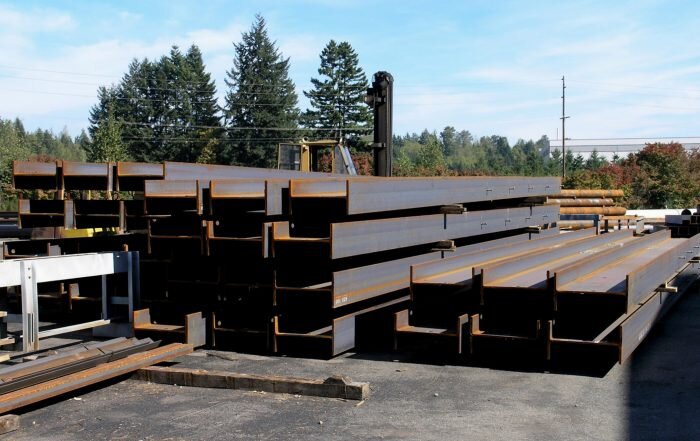Dewatering is an essential process that involves the removal of water from a construction site or excavation area. It plays a crucial role in ensuring the stability of the ground and the safety of the workers involved in the project. However, the dewatering process’s effectiveness largely depends on the type of system used and how well the optimization occurs.
Are you ready to witness different optimization methods and why they are crucial for steel sheet piling projects?
The Definition of Dewatering
Dewatering is the process of removing groundwater or surface water from a construction site or excavation area. People usually do this to keep the site dry, maintain the stability of the ground and ensure the safety of the workers involved in the project. Dewatering systems can vary in complexity, from simple sump pumps to more advanced options that use steel sheet piling to create a barrier against water intrusion.
Why Optimization is Important
Optimizing dewatering systems is critical to ensuring they are practical and efficient. When a dewatering system is optimized, it can remove water from a site more quickly and efficiently, reducing the risk of damage to the surrounding environment and improving worker safety.
An optimized system can also reduce the project’s overall cost by minimizing the time and resources required for dewatering.
The Different Methods of Optimization
Several methods of optimizing dewatering systems include empirical, analytical and numerical optimization.
Talking about Empirical Optimization: This method involves testing different dewatering systems and configurations in the field to determine which approach works best for a specific site. Empirical optimization can be time-consuming and expensive, but it is often the most effective way to optimize a dewatering system.
Paying Attention to Analytical Optimization: Analytical optimization involves using mathematical models to simulate the behavior of a dewatering system and determine the most effective configuration. This method can be more cost-effective than empirical optimization but it requires significant expertise in mathematical modeling.
Emphasizing Numerical Optimization: Numerical optimization involves using computer models to simulate the behavior of a dewatering system and determine the optimal configuration. This method can be more accurate and cost-effective than empirical or analytical optimization, but it also requires significant expertise in computer modeling.
Steel Sheet Piling and Dewatering Optimization
Sheet piling methods are prevalent for creating a barrier against water intrusion in dewatering systems. Steel sheet piles are interlocking steel sections driven into the ground to create a barrier against water intrusion. They are particularly effective in areas with soft or loose soils, where other dewatering systems may be less effective.
Numerical optimization is often the most effective method for dewatering systems using steel sheet piling. Using computer models to simulate the system’s behavior, engineers can determine the optimal configuration for the sheet piles and ensure they effectively prevent water intrusion.
However, empirical optimization can help optimize steel sheet piling dewatering systems. By testing different configurations in the field, engineers can determine the best way to install the sheet piles and ensure they effectively prevent water intrusion.
In addition to optimizing the dewatering system, it is also essential to ensure that the steel sheet piles are high quality and installed correctly. Poor-quality sheet piles or improper installation can lead to leaks and other problems that can compromise the effectiveness of the dewatering system.
Get the Right Materials for Your Project
Want to ensure your dewatering system is optimized for maximum efficiency? Contact Bigfoot Pipe & Piling today to get high-quality steel sheet piles and expert guidance for your project.

